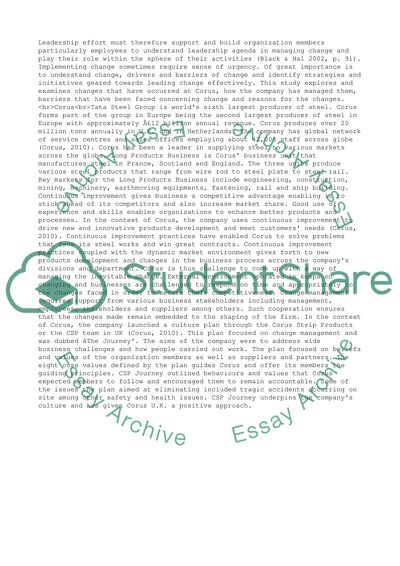Cite this document
(“Leading change at Corus Essay Example | Topics and Well Written Essays - 3000 words”, n.d.)
Retrieved from https://studentshare.org/management/1396514-leading-change-at-corus
Retrieved from https://studentshare.org/management/1396514-leading-change-at-corus
(Leading Change at Corus Essay Example | Topics and Well Written Essays - 3000 Words)
https://studentshare.org/management/1396514-leading-change-at-corus.
https://studentshare.org/management/1396514-leading-change-at-corus.
“Leading Change at Corus Essay Example | Topics and Well Written Essays - 3000 Words”, n.d. https://studentshare.org/management/1396514-leading-change-at-corus.


